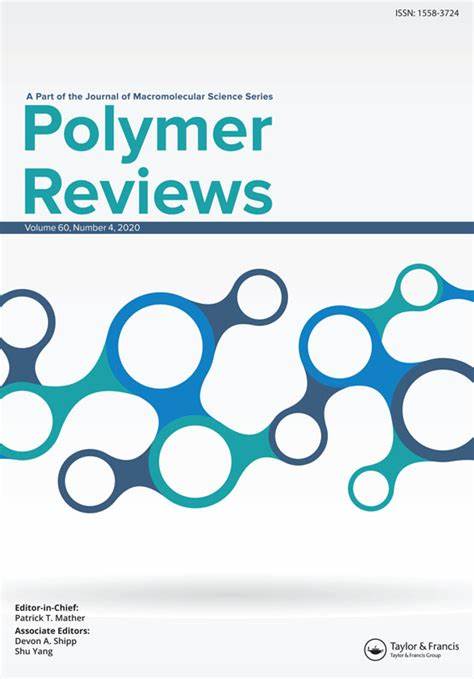Biosensing Applications of Polyaniline (PANI)-Based Nanocomposites: A Review
IF 11.1
2区 化学
Q1 POLYMER SCIENCE
引用次数: 51
Abstract
Abstract Conducting polyaniline (PANI) brings together the electrical conductivity of metals with intriguing properties of plastics including facile processing as well as controllable chemical and physical properties. The nanoscaled PANI has attracted intense interest in various fields owing to the great physicochemical features including high conductivity, facile preparation, and fascinating redox behavior. PANI-based nanocomposites can help biocatalysts and bioreceptors including enzymes, antigen-antibodies, cells, and nucleic acids to immobilize on the surface in order to detect analytes and allow the biosensing process to occur at room temperature. In this article, an in-depth overview of the synthesis methods of PANI-based composites, their biomedical applications as biosensors, current states, challenges, and the potential application of them in the future have been presented and discussed. Additionally, recent PANI-based biosensing devices for the detection of glucose, cholesterol, choline, virus, cancer, and bacteria have been described.聚苯胺基纳米复合材料的生物传感应用综述
导电性聚苯胺(PANI)将金属的导电性与塑料的有趣特性结合在一起,包括易于加工以及可控的化学和物理特性。纳米聚苯胺具有高导电性、制备简便、氧化还原性等优异的物理化学特性,引起了人们的广泛关注。聚苯胺基纳米复合材料可以帮助生物催化剂和生物受体(包括酶、抗原抗体、细胞和核酸)固定在表面,以检测分析物,并允许在室温下进行生物传感过程。本文对聚苯胺基复合材料的合成方法、在生物医学传感器中的应用、现状、面临的挑战以及未来的潜在应用进行了综述和讨论。此外,最近基于聚苯胺的生物传感装置用于检测葡萄糖、胆固醇、胆碱、病毒、癌症和细菌。
本文章由计算机程序翻译,如有差异,请以英文原文为准。
求助全文
约1分钟内获得全文
求助全文
来源期刊

Polymer Reviews
工程技术-高分子科学
CiteScore
24.80
自引率
0.80%
发文量
21
审稿时长
6 months
期刊介绍:
Polymer Reviews is a reputable publication that focuses on timely issues within the field of macromolecular science and engineering. The journal features high-quality reviews that have been specifically curated by experts in the field. Topics of particular importance include biomedical applications, organic electronics and photonics, nanostructures, micro- and nano-fabrication, biological molecules (such as DNA, proteins, and carbohydrates), polymers for renewable energy and environmental applications, and interdisciplinary intersections involving polymers.
The articles in Polymer Reviews fall into two main categories. Some articles offer comprehensive and expansive overviews of a particular subject, while others zero in on the author's own research and situate it within the broader scientific landscape. In both types of articles, the aim is to provide readers with valuable insights and advancements in the field of macromolecular science and engineering.
 求助内容:
求助内容: 应助结果提醒方式:
应助结果提醒方式:


